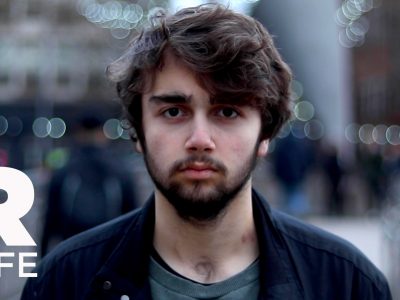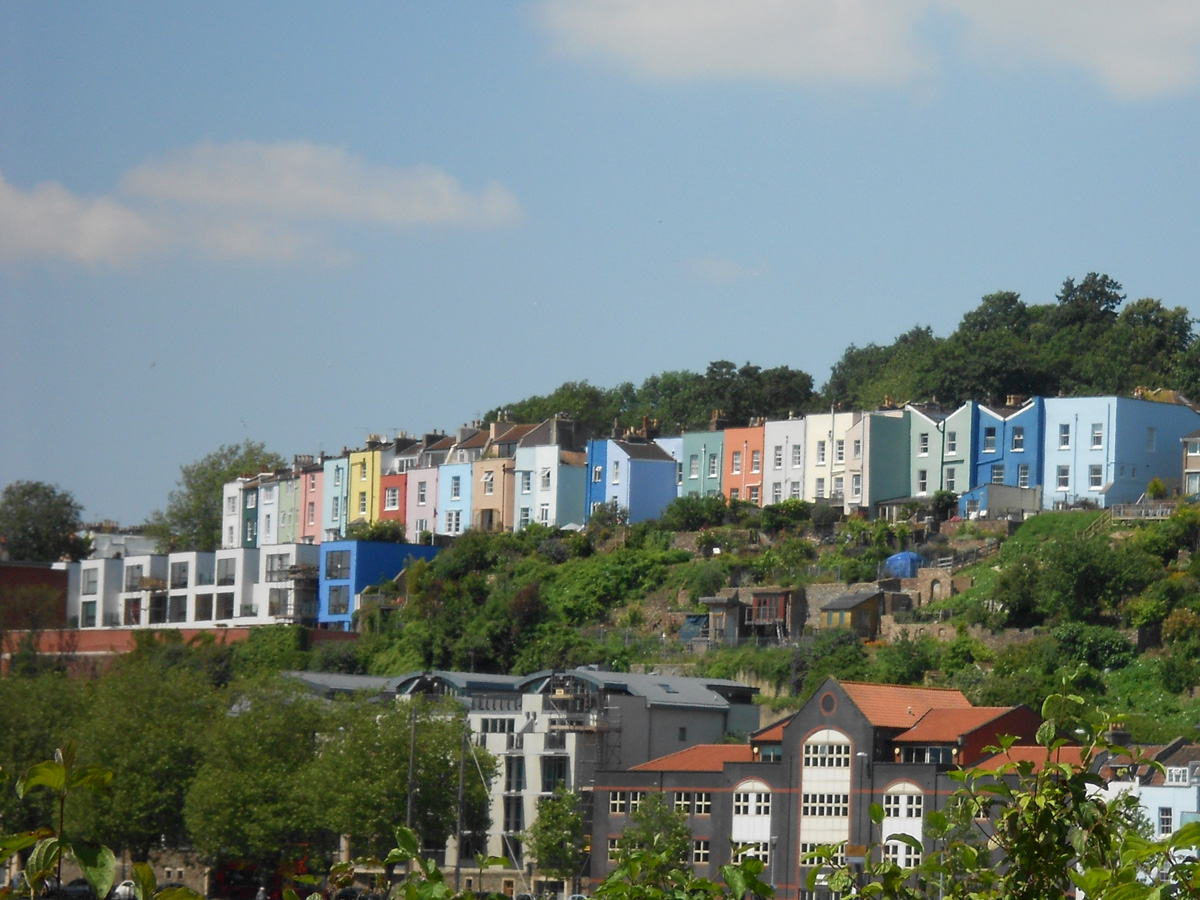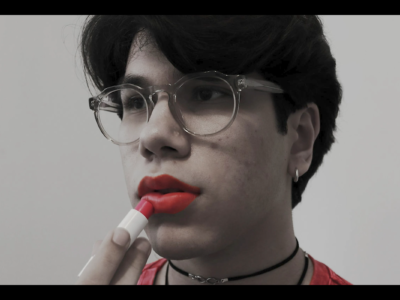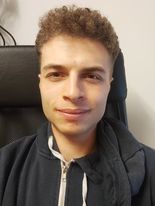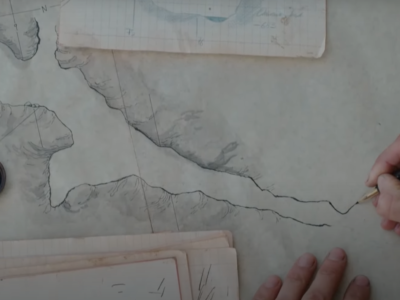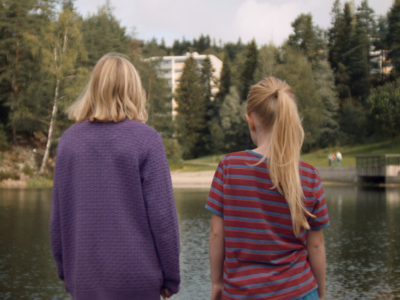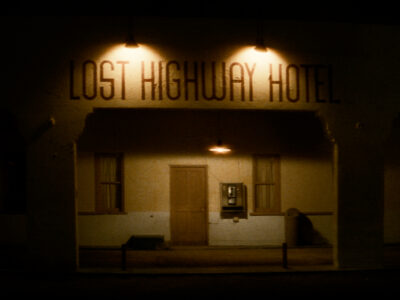Hardie Writes: Casablanca Beats
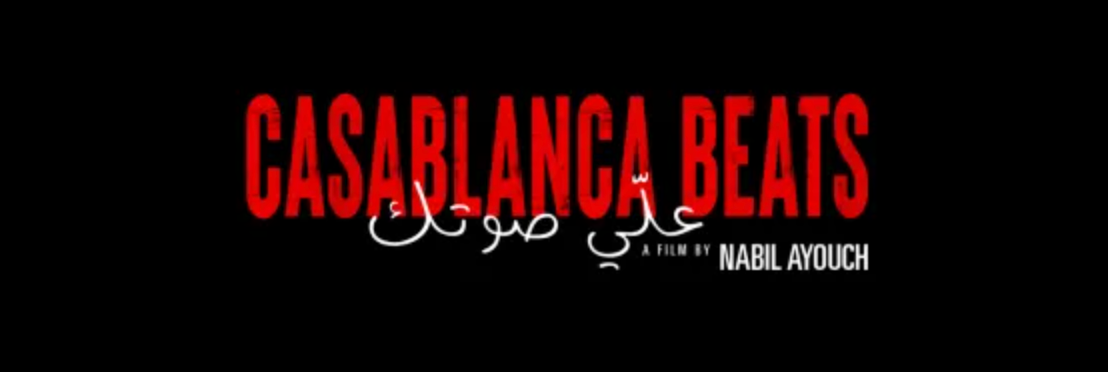
Nathan Hardie visits Watershed for the screening of Casablanca Beats.
If anyone was to mention Casablanca around me, my instincts are that they would be talking about the 1942 film starring Humphrey Bogart. Living vicariously through pop culture alone, you can forget that the backdrop of this classic picture is the largest city in Morocco.
Whilst Bogart was able to walk away into the fog, the denizens of Casablanca had to battle in the war and later fight for emancipation from the French. It’s with this spirit that after gaining independence in 1956, they continued to object fervently against the regime. Standing up for their rights to higher education in the sixties and against cost of living rises in the eighties, their most recent protests tackle gender inequality.
Taking place in the early 2000s, Casablanca was also subject to multiple suicide bombings linked to al-Qaeda, illustrating such disarray in the neighbourhoods. As a way of dissuading radicalisation and providing a safe space for youths, they opened the Sidi Moumen Cultural Centre in 2007. This is where the heart of Casablanca Beats takes place and wrestles with similar topics.
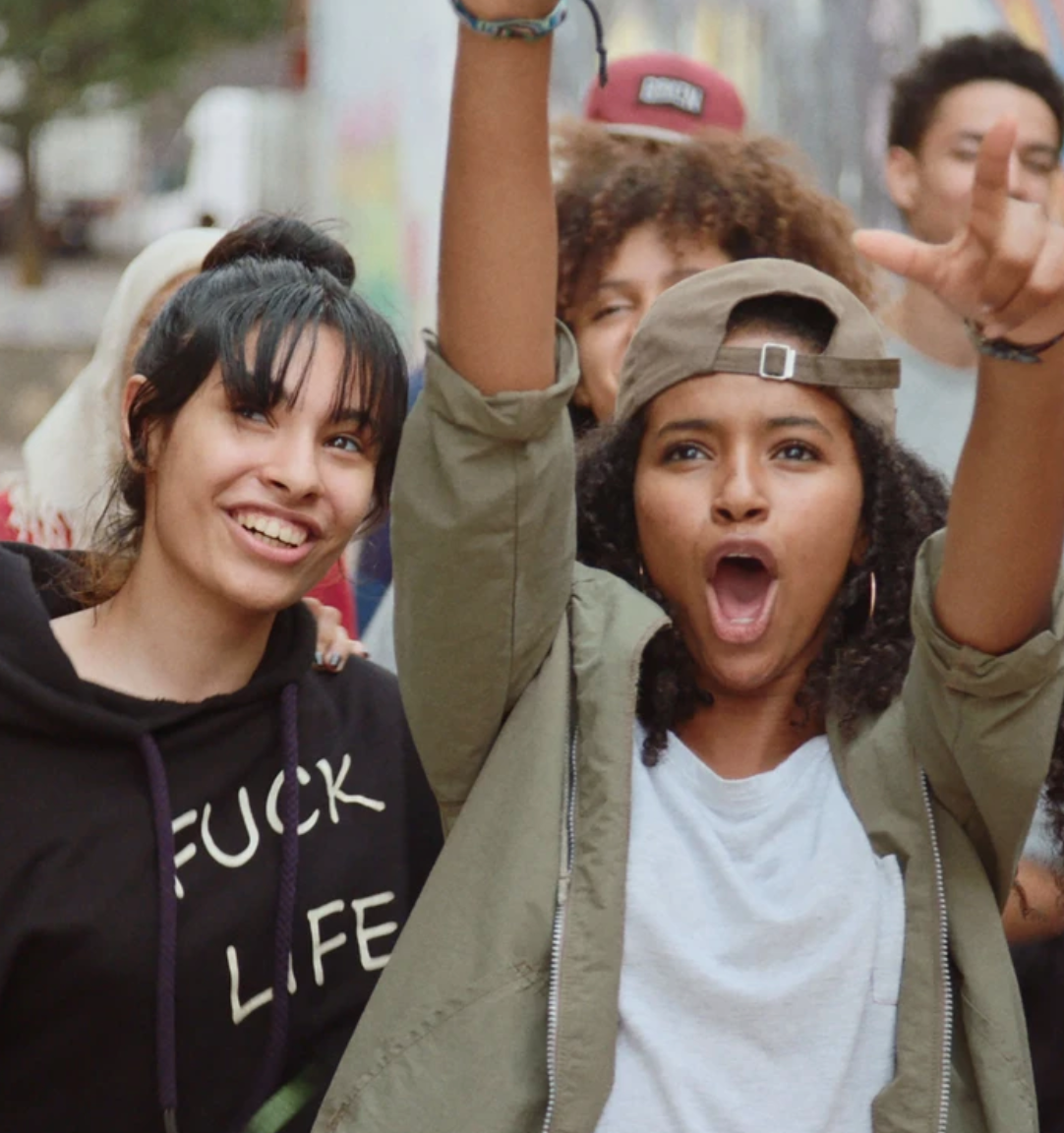
Casablanca Beats tells the story of retired rapper turned teacher Anas, who begins to educate various students on how to express themselves through hip-hop
Written and directed by Nabil Ayouch (a French filmmaker who works and lives in Casablanca), Casablanca Beats tells the story of retired rapper turned teacher Anas, who begins to educate various students on how to express themselves through hip-hop. Originating in the Bronx borough of New York during the 1980s, the genre of music has been used as a tool for social and political commentary as well as provide support for underprivileged members of the community. Taking inspiration from them, Anas shows the value of speaking from the heart and finding your own voice whilst encouraging debates surrounding gender, religion, and their city as a whole. In between sessions, we’re shown insights into some of the teenager’s home lives and why music is so important to them. It’s a deeply personal piece, highlighted by the close camera shots zooming into each facial expression. Similarly, to their beats, the story flows quite well as it is not impeded by a forced overarching narrative. The movie progresses as the kids improve, and the tangents outside of class not only spotlights a character but paints a bigger picture of what it’s like growing up in Casablanca.
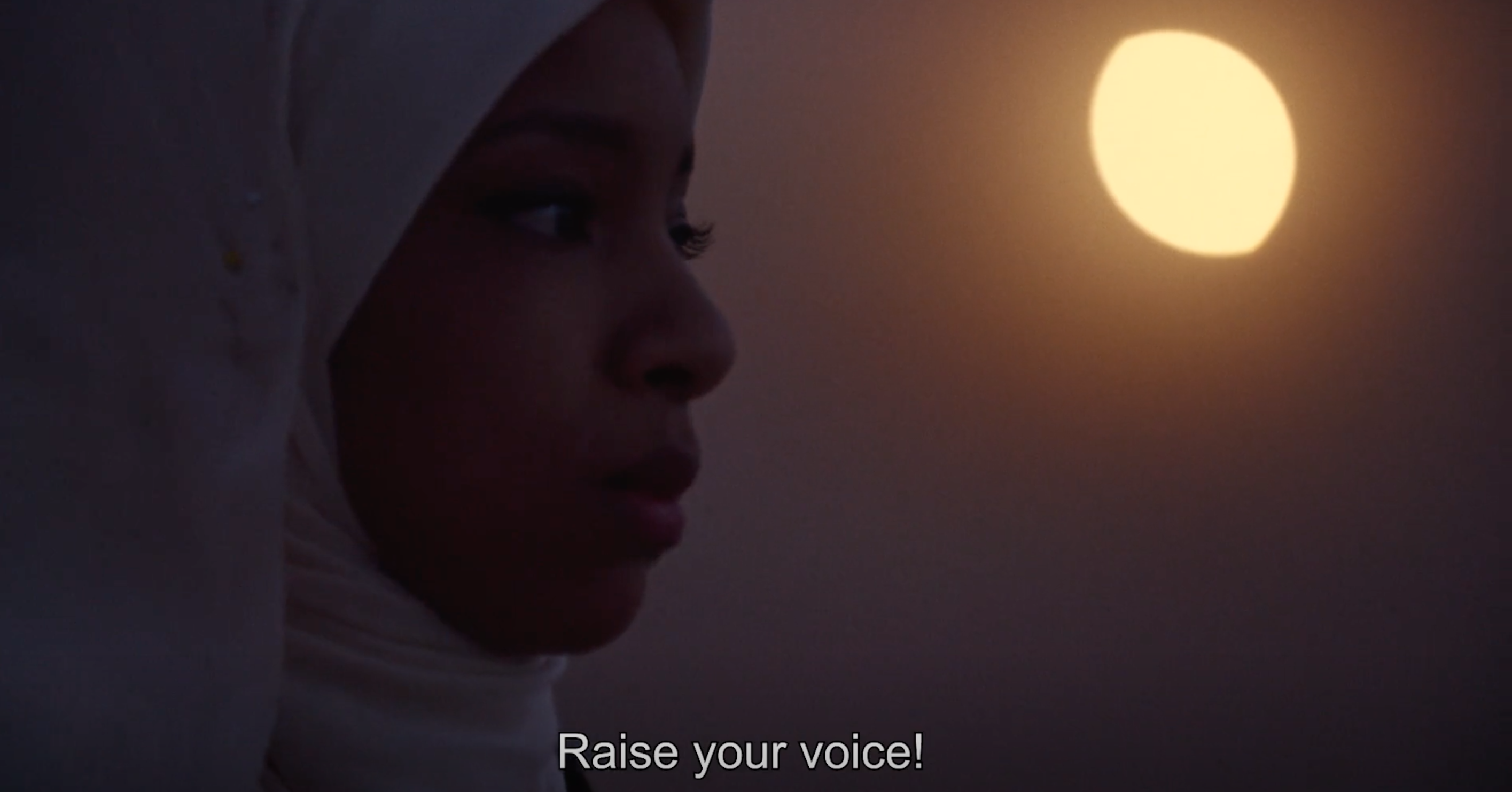
With no punches pulled, this honest portrayal delivers emotional depth in an organic fashion
This portrayal of life in Casablanca is the movie’s biggest strength. Whilst we get the highs of seeing their talents develop, we also witness the lows of poverty and oppression. A patriarchal society, their fathers don’t even want the girls to sing, let alone discuss gender imbalances. Shepherded home by older male siblings, they must keep silent at the dinner table before sharing a room with five others at night. Furthermore, many of the parents have deemed rap and hip-hop art as a sin because the state and religion are criticised, showing how big a risk the cultural centre is taking. With no punches pulled, this honest portrayal delivers emotional depth in an organic fashion. However, the focus is on the student’s empowerment leading to genuinely heart-warming scenes. Spoken in Arabic, the raw passion and emotion is not lost in translation. Although it’s a fictitious film, its roots stem from truth and I was taken on a journey to a place I had never been before.
Now, if someone were to mention Casablanca around me, I will be taken back to the Sidi Moumen Cultural Centre and the hip-hop beats that flow through the streets.
Casablanca Beats is playing at Watershed until May 12th. Let us know what you thought of the film on our socials!

